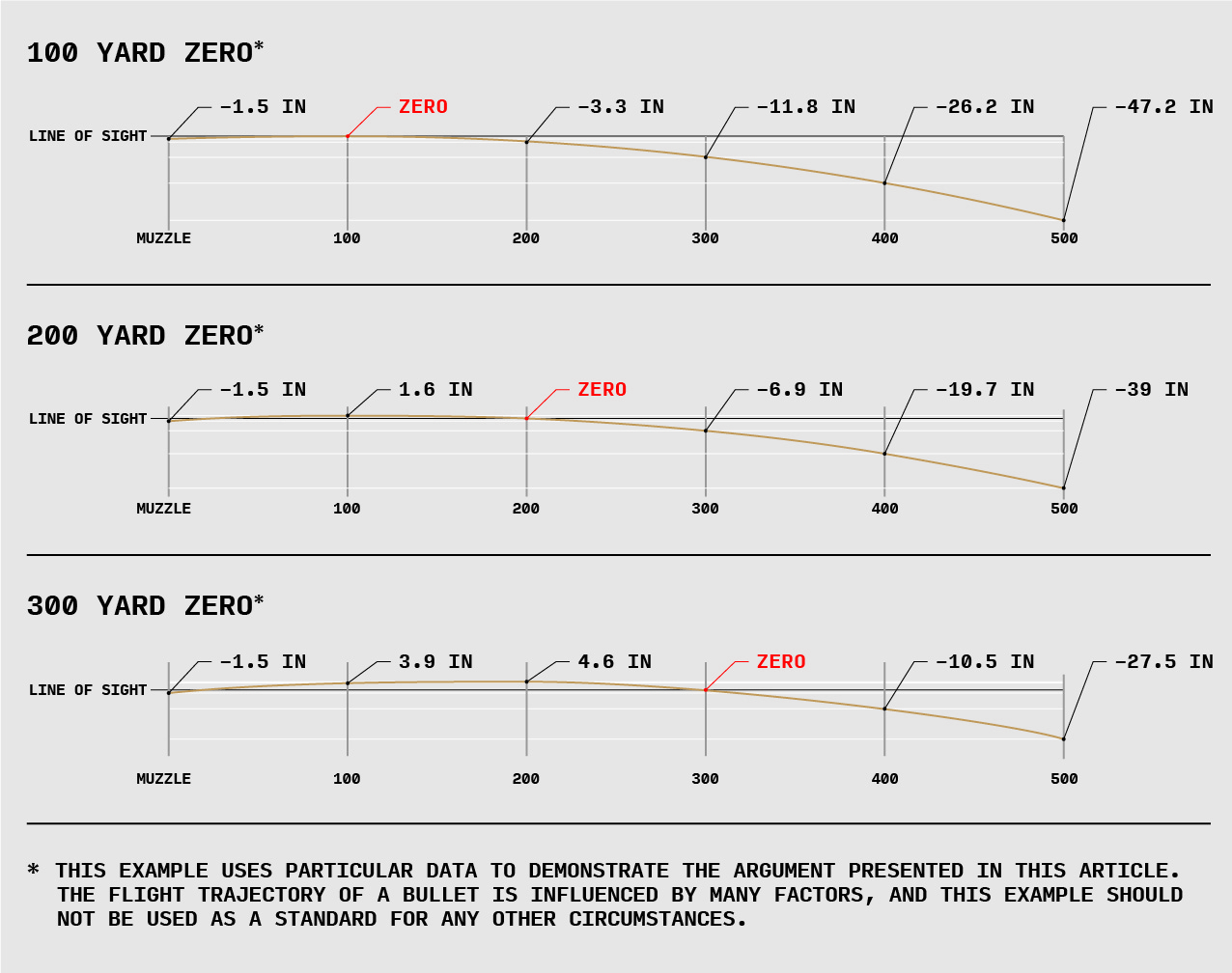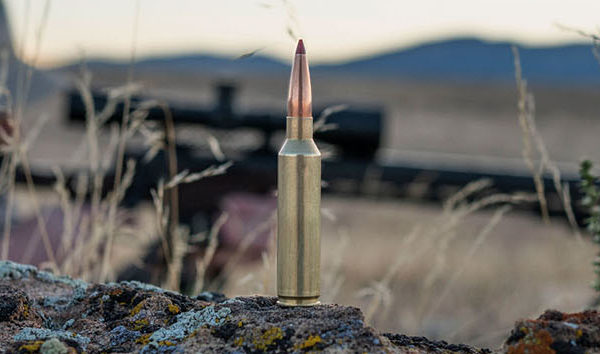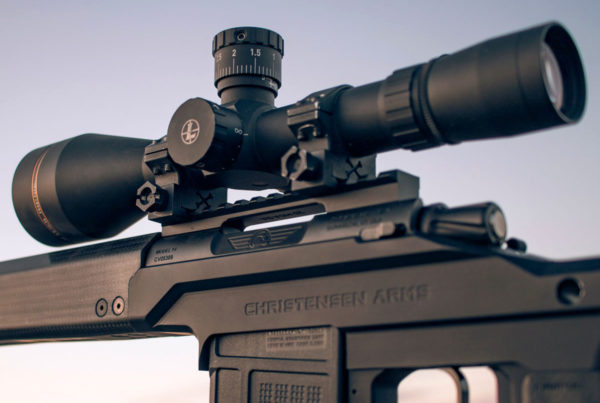Where Should I Zero My Rifle?
Guest Post: Long Range Only.com
Feb 18, 2019 | Christensen Arms
It’s an age old question that comes up often, but the facts never change. “Where should I zero my rifle?” What are the differences between zeroing a rifle at 100, 200 or 300 yards? There are merits to each option, but as with many things, there are also certain drawbacks. Here’s how we break down the pros and cons to help you decide what is best for your personal needs:
Personally, I choose to zero all of my rifles at a distance of 100 yards. There are a few basic reasons why. First of all, it is generally easier to find a place to zero and recheck zero at that distance. Secondly, any light to moderate wind will have little to no effect on most hunting calibers at 100 yards. The third notable reason relates to my personal needs. I live and hunt in the West, where shots can be long at times. This means that I often make corrections that include a firing solution from a ballistic app, or from the ballistic solver built into my rangefinder. These firing solutions include environmental conditions.
If my rifle is zeroed at 200 or 300 yards, that zero will only be spot on at the place I zeroed that day. A 200 or 300 yard zero will include adjustment for drop, environmental conditions, as well as a correction for any wind. These corrections will include altitude, barometric pressure, temperature etc. So when I go to hunt at a different location, different altitude, or different temperature, I may no longer be zeroed. If my zero is off, that error will follow through at all distances and increase in size at longer ranges. I recently zeroed my rifle at 100 yards in Montana, then flew to Alaska for a Moose hunt. Upon arrival, I rechecked my zero in the new environmental conditions. The results were two shots touching, centered inside a 1/2″ orange dot.

Now let’s look at the possible benefits of a longer zero. Let’s say 300 yards. I will use my 6.5 Creedmoor as an example. With a 300 yard zero there would be nothing I would need to do for a shot at 300 yards. However, at 250 yards my bullet impact will be 1.2 MOA high (roughly 3.25″). Still okay and well inside the vitals on a deer, correct? At 350 yards the point of impact is 1.4 MOA low so an impact would be roughly 5″ low. Still okay, but getting to the outer edge of a deer’s vitals and that scenario does not allow for any shooter error or rifle / ammunition accuracy variables. At 175 yards, the point of impact is almost 3 MOA high, again close to 5″. If a coyote sized animal is the target, and you hold center vitals, you will likely miss just over his back.
You’ll need to consider your firearm too. There are extremely flat shooting rifles, and there are others that may be farther off in the same scenarios. You should take a look at the details, your rifle’s trajectory, and choose the option that is best for your personal needs. I generally suggest that after you zero you should take a shot closer and another shot father out and verify the actual point of impact. I hope this information is helpful and may shed a little light on things we sometimes overlook. Best of luck!
This guest post has been contributed by Jeff Brozovich of Long Range Only.com. You can continue the conversation here on their forum:
 since 1995
since 1995






